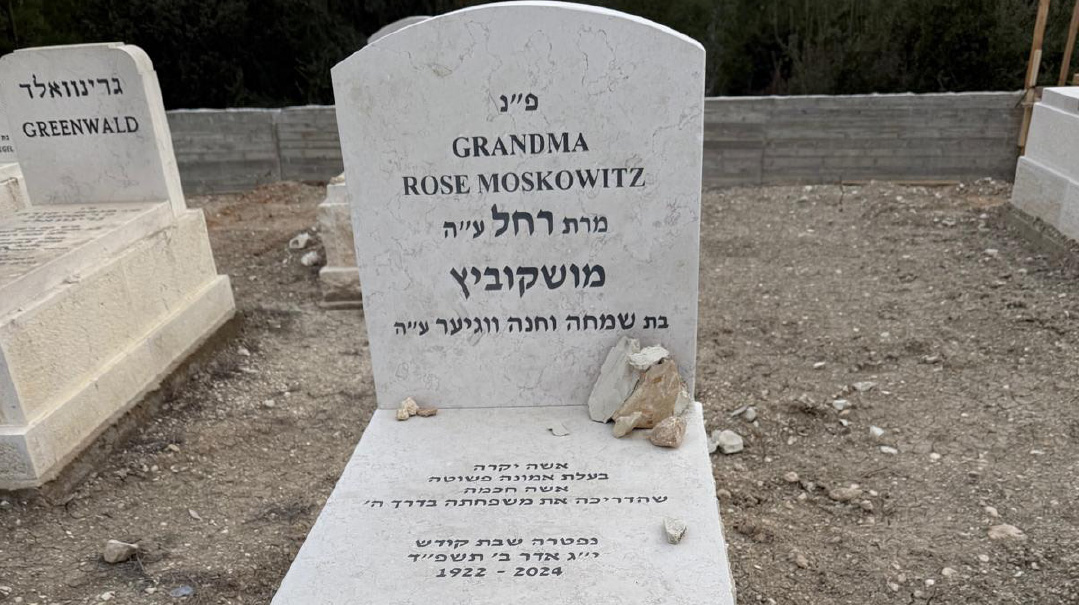Of Soil and Souls
| September 9, 2020There was nothing that could have truly prepared anyone for what was to come

Living in a large city in the Tristate area, with my husband a member of the chevra kaddisha, I’m used to the phone ringing at all hours. My husband is the one who actually does this chesed shel emes, while I stay in the background, but I’m there to take over when he needs to drop everything and run to help a niftar and his family, and I’m there afterward to help him process what he’s been through while taking part in this holy and often heartrending work.
Generally, there are intense periods alternating with quieter ones; weeks when he’s busy with levayos every day — on many occasions working through the night — and blessedly calmer ones.
It’s hard to remember exactly when talk of a bug in China morphed into a serious issue that warranted further investigation. But by mid-March, the local chevra kaddisha realized it was time to investigate what effects, if any, coronavirus might play in the days and weeks to come. I vividly remember a particular evening, one week after Purim, when my husband sat in his study and took part in several conference calls. He spent hours on the line with chevra kaddishas from other cities as well as local and regional government agencies. The very first cases had been confirmed, information was slowly trickling in, and the trepidation was building. “Worst-case scenarios, drastic measures…” The snippets I heard from his end of the conversation were frightening.
But the virus hadn’t caused any deaths yet, and everyone was hopeful that it would fade away much as it had appeared. My husband and his fellow chevra members received emails notifying them of new protocols that would be instituted should there be, lo aleinu, any COVID-19 deaths, and assuring them that developments would be communicated in a time-sensitive fashion.
I stood at the sidelines, listening, worrying, davening, and watching as the devoted members of the chevra kaddisha took charge and prepared for the worst. But there was nothing that could have truly prepared anyone for what was to come.
Oops! We could not locate your form.






Comments (1)